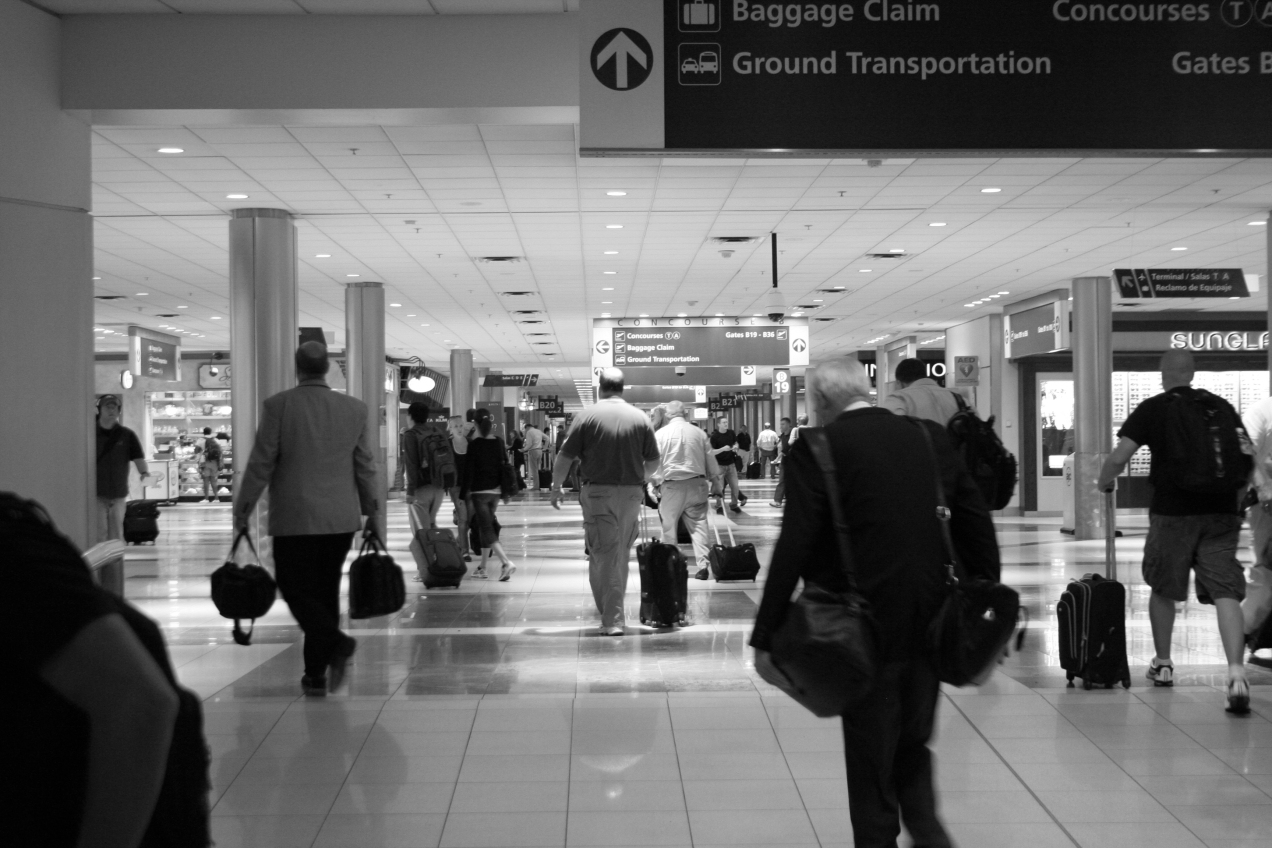The airport is about to get even more fun.
The Wall Street Journal reported on Thursday that American Airlines would be reverting to an older model of “peak” scheduling in an effort to bump up its revenue. By grouping flights into select high-traffic hours, the airline expects to increase the number of connections available to customers and its chance of filling its planes. Robert Isom, American’s chief operating officer, projected that re-peaking schedules at hubs will add $200 million in revenue a year.
The airline industry moved away from peak scheduling over a decade ago. The need for additional labor and equipment increased costs, and excessive delays and shorter layovers led to a poor customer experience. These consequences are still relevant today, if not more so. With addition of stricter security protocol, airports and federal agencies will also have to evaluate whether the systems in place now will be able to handle the increase in foot traffic.
American has already hired 67 more gate agents and 150 baggage handlers and other ground workers to staff the new peak times. However, these jobs have come at the cost of others, mostly from airport restaurants and food services. As connections have become shorter, passengers have less time to eat at the airport between flights. Sales at a food court in Miami where peak scheduling has already been introduced are down 20%. This has the potential to benefit the airline as more customers become willing to pay for in-flight meals and snacks.
Customers have had mixed reviews of peak scheduling. The availability of more connections has provided more flight options for travelers. Some passengers also prefer shorter layovers that minimize their total time spent traveling. However, longer check-in and security lines due to heavier traffic and shorter windows for catching connections are added sources of stress for most passengers. If peak scheduling returns to the industry as a whole, these pain points may create new markets for services such as CLEAR that speed people through airport security.
Increasing the density of flights also poses an additional risk to American. If bad weather conditions hit at a rush hour, diverted and cancelled flights can cause chronic delays. The costs necessary to reschedule flights can be significant. So far, since the start of peak scheduling on August 19th, American’s on-time arrival rate and general performance have remained steady. The next few months and the holiday rush will truly put the airline’s strategy to the test.
American’s strategy also has potential implications for its customer loyalty and brand image. First, will customers notice the shift to a peak scheduling system? If they do, will they perceive peak scheduling as a poor experience? And if so, will they attribute it to the airline rather than the airport or the process of traveling itself? The answers to these questions are yet unknown, but I believe air travel is enough of a commodity service to mitigate the relative impact of these factors. Those who disagree may find peak scheduling to present an opportunity to differentiate through a focus on the customer experience.
Overall, peak scheduling provides an interesting opportunity to increase revenue through several channels: more connections, fuller flights, and more potential in-flight sales. The associated costs—more personnel, increased stress on airport systems, and higher risk exposure—will have to be closely monitored.
